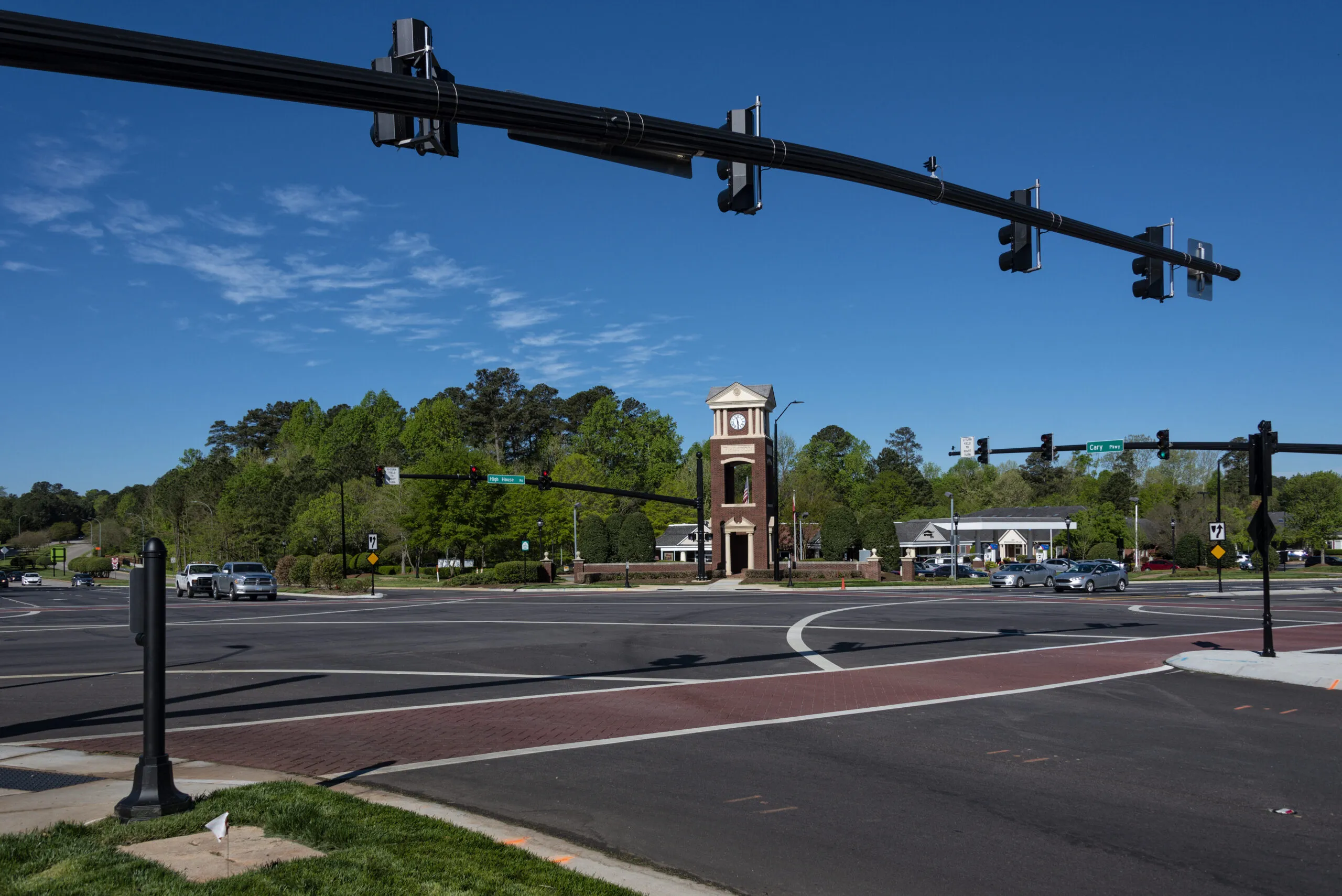National City, in San Diego county, California, has installed Opticom multimode signal equipment to enhance safety and provide more efficient traffic signal preemption and management. Currently, more than 70 intersections are equipped with infrared (IR) signal priority technology, most of which are Opticom devices. This allows emergency responders to activate green lights en route to their destination. With the new multimode technology installed at eight intersections, traffic signals can be triggered using
April 19, 2012
Read time: 2 mins
RSSNational City, in San Diego county, California, has installed Opticom multimode signal equipment to enhance safety and provide more efficient traffic signal preemption and management. Currently, more than 70 intersections are equipped with infrared (IR) signal priority technology, most of which are Opticom devices. This allows emergency responders to activate green lights en route to their destination. With the new multimode technology installed at eight intersections, traffic signals can be triggered using IR or global positioning system (GPS) activation technology for even more control and efficiency.
"The National City landscape is unique, with steep hills and winding roads," said Mayor Ron Morrison. "GPS allows our emergency responders to trigger green signals from significantly further distances away from intersections. It will enhance safety for our citizens and emergency responders. And it will help us save lives."
The technology allows staff to monitor Opticom equipped intersections remotely in real-time for more efficient system management. Its central management software (CMS) offers remote monitoring capabilities to minimise the need for time-consuming trips to the intersections, which in turn reduces maintenance costs.
"The National City landscape is unique, with steep hills and winding roads," said Mayor Ron Morrison. "GPS allows our emergency responders to trigger green signals from significantly further distances away from intersections. It will enhance safety for our citizens and emergency responders. And it will help us save lives."
The technology allows staff to monitor Opticom equipped intersections remotely in real-time for more efficient system management. Its central management software (CMS) offers remote monitoring capabilities to minimise the need for time-consuming trips to the intersections, which in turn reduces maintenance costs.










